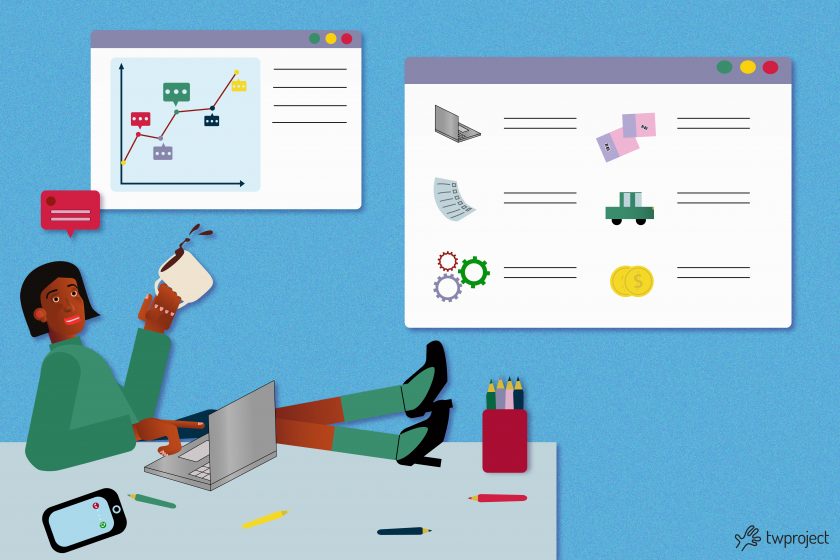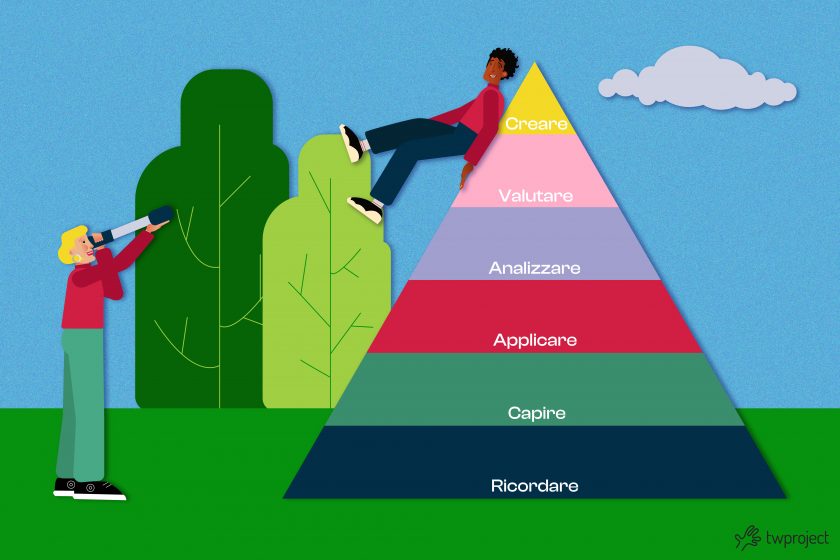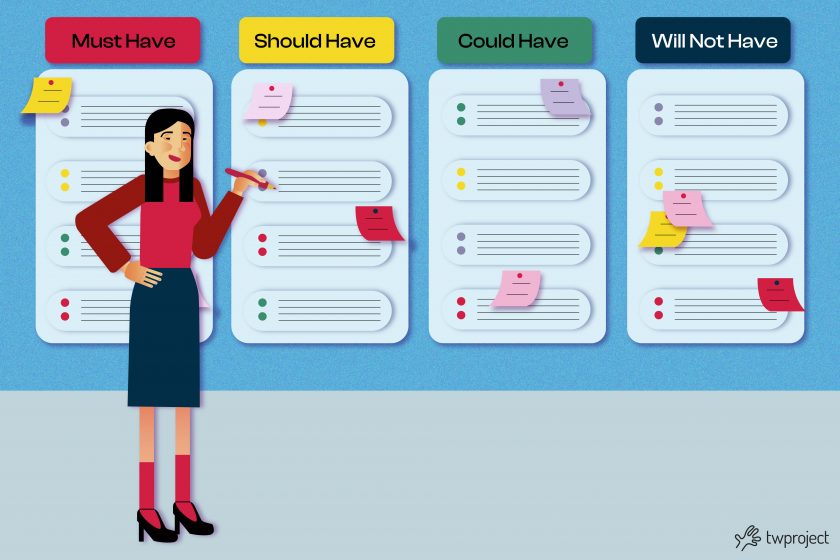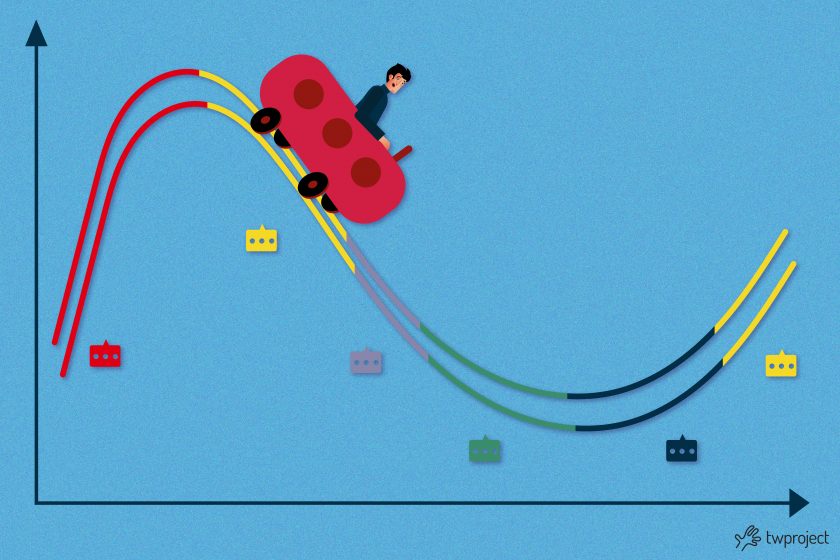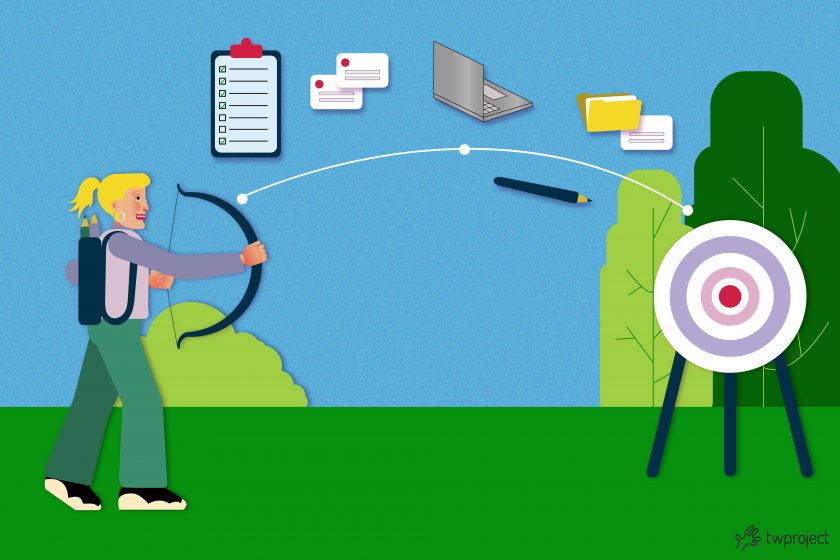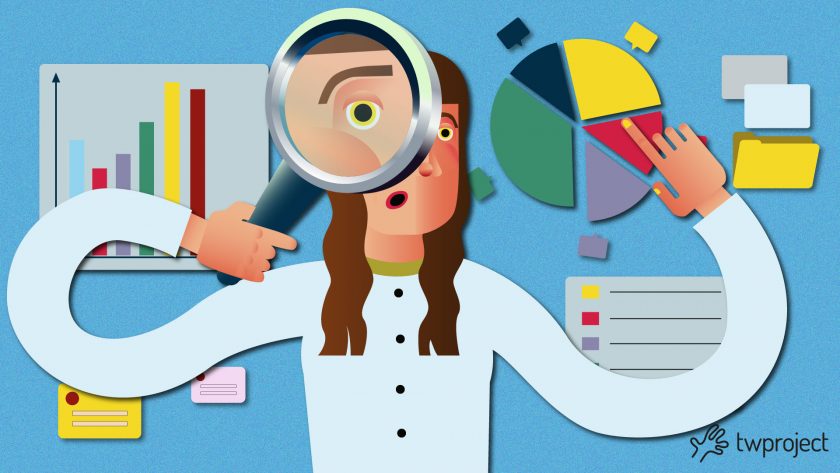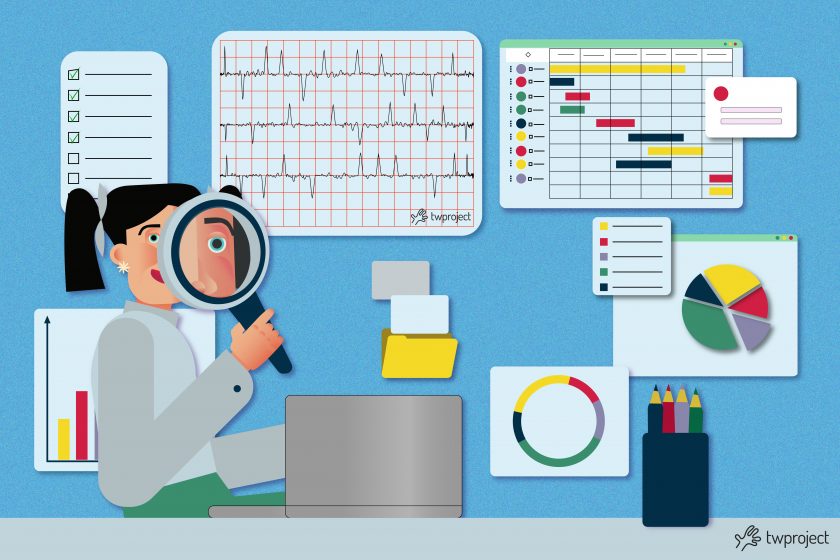-
How to manage complex projects in production companies
What are the main challenges for production companies when managing projects and how can they best be addressed? In this article, we will try to frame and summarise the internal management issues affecting the manufacturing industry sector and see how to face them. CONTENT Foreword: the need for coordinated actions 1. Challenges of production companies: … Continue reading "How to manage complex projects in production companies"
-
What is project taxonomy, and how can it improve management
Project management is a complex discipline that involves accurate organization and planning of diverse activities and resources. Taxonomy helps clarify the work by classifying things orderly into groups and subgroups based on their similarities and relationships. Particularly in project management, taxonomy is like a map that guides the project manager through all project phases and … Continue reading "What is project taxonomy, and how can it improve management"
-
Strategies for optimising workflows in IT teams
Are there any good strategies for optimising processes and workflows for IT teams? CONTENT Foreword: the most relevant requirements for the IT sector The different instances of workflow management in IT teams 1. Co-existence of projects with different course and type 1.1. Operator load calculation 1.2. Integration with cost management 2. Managing workflows and bottlenecks … Continue reading "Strategies for optimising workflows in IT teams"
-
Prioritizing activities with the Moscow method: Some examples
The MoSCoW method can be a successful way to get everyone aligned on project priorities. Collaborating with cross-functional teams and key stakeholders to prioritize effectively is challenging, yet it is a critical step in product development. In this article, we will explore what the MoSCoW method is and how it helps prioritize activities. CONTENT What … Continue reading "Prioritizing activities with the Moscow method: Some examples"
-
Design project phases and methods
Managing a project is no easy feat; design phases and methods are required steps regardless of the size and scope of a project. CONTENT The 4 project phases 1) Startup Phase 2) Definition and planning phase 3) Execution phase 4) Evaluation and closure phase Project characteristics A lot can go wrong, from planning minor details … Continue reading "Design project phases and methods"
-
Earned Value: How to evaluate the progress of a project
Earned Value is a popular method of monitoring a project’s progress with a quantifiable figure. This helps project managers to ensure they meet their project’s budget and finish on time. This article will explore how Earned Value works and how to make the most out of it. CONTENT What is Earned Value (EV) in project … Continue reading "Earned Value: How to evaluate the progress of a project"
-
OKR methodology for startups: why it works and how to implement it
The OKR methodology is a framework that has stood the test of time and has proven fit for organizations of all sizes and scopes, including startups. All organizations set goals and engage their workforce based on their objectives. Yet the OKR methodology is beneficial not only for large, digital companies; it can help Startups be … Continue reading "OKR methodology for startups: why it works and how to implement it"
-
Multiple corporate calendars for flexible workers
Corporate calendars are convenient tools for keeping track of meetings, deadlines, and milestones. They can help you visualize the schedules of various projects and remind you of important team events, such as colleagues’ leave periods. The problem is that far too often, multiple calendars are managed simultaneously and are not even integrated with each other. … Continue reading "Multiple corporate calendars for flexible workers"
-
SMART goals to plan a project
Having Smart goals or, if preferred, a Smart approach to a project, is becoming more and more crucial, in the planning made by the project manager, for the success of the project itself. Let’s try to analyze why. CONTENT INDEX The goals of a project: the premises that lead to SMART The importance of goal … Continue reading "SMART goals to plan a project"
-
Project risk analysis
The project risk analysis or risk management, is the process of risk identification, analysis and response to any risk that occurs during the life cycle of a project. Analyzing the risks that may lie behind the execution of a project, predicting the possible obstacles and having a vision of the solutions in advance is certainly vital for any project. It … Continue reading "Project risk analysis"
-
How to carry out a project: 10 tips to not go wrong
How to carry out a project? It can be a tough task to deal with. The quote “If you fail at planning you are planning for failure” when it comes to project management couldn’t be any truer. CONTENT How to carry out a project: 10 tips 1. Define your project scope 2. Define your timeline … Continue reading "How to carry out a project: 10 tips to not go wrong"
-
Definition and description of a project’s purpose
How does a project originate? How can you tell what it should achieve? How can you tell what approach is required? How can you tell if it will be successful or not? CONTENT Project Purpose: Why does the project exist? So, how do you define a project’s purpose? Identify project needs Confirm project objectives Project … Continue reading "Definition and description of a project’s purpose"
-
Project Life Cycle: phases and characteristics
The Project Life Cycle consists of four main phases in which the Project Manager and his team cooperate to achieve work together to achiev established objectives. The four phases that mark the life of the project are: conception / start, planning, execution / implementation and closure. Each project therefore has a beginning, a central period, a … Continue reading "Project Life Cycle: phases and characteristics"
-
All you need to know about Portfolio Management with Twproject
Would you like to learn more about all the methods and tools that Twproject offers you for effective and profitable portfolio management? Here you will find lots of useful information and also some tips to put into practice. CONTENT Aims and Objectives of Portfolio Management Performing good Portfolio Management with Twproject Overview of any planning … Continue reading "All you need to know about Portfolio Management with Twproject"
-
Develop an efficient construction work schedule
Developing a construction work schedule is challenging, and delays are the order of the day in the industry. Construction projects involve many moving parts, teams, equipment, and materials, so the construction schedule should be carefully planned. A construction work schedule is the cornerstone of any successful construction project management. In this article, we will see … Continue reading "Develop an efficient construction work schedule"
Project management
Choose the category you are interested in:
AgileComparisonCost managementPm expertProduct updatesProductivityProject managementResource managementTime managementUsage tips

